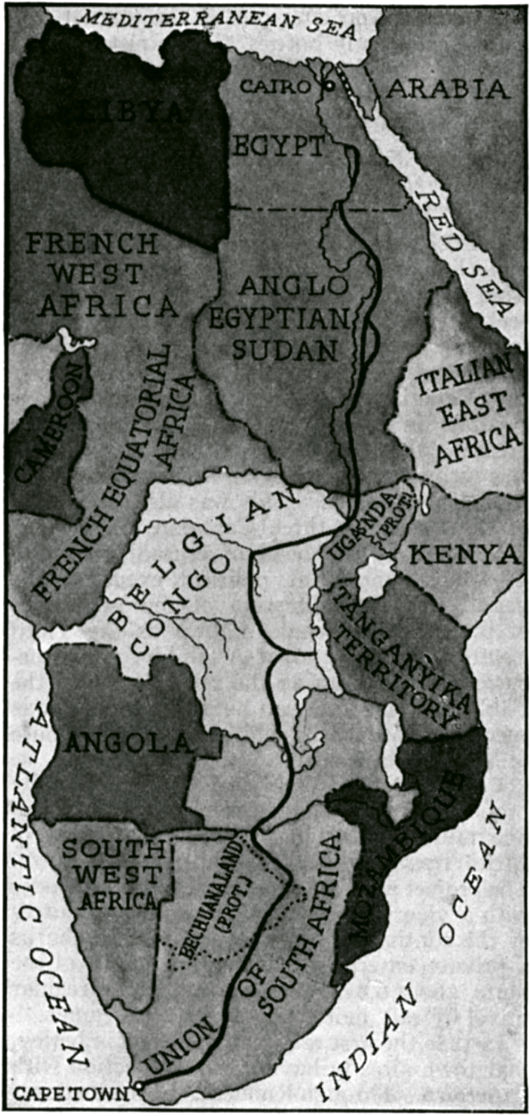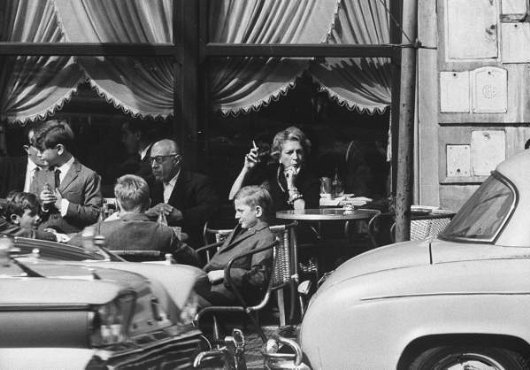World
About Andrew Cusack
 Writer, web designer, etc.; born in New York; educated in Argentina, Scotland, and South Africa; now based in London.
Writer, web designer, etc.; born in New York; educated in Argentina, Scotland, and South Africa; now based in London. read more
News
Blogs
Reviews & Periodicals
Arts & Design
World
France
Mitteleuropa
Knickerbockers
Argentina
The Levant
Africa
Cape of Good Hope
Netherlands
Scandinavia
Québec
India
Muscovy
Germany
Academica
It’s good to be Prime Minister
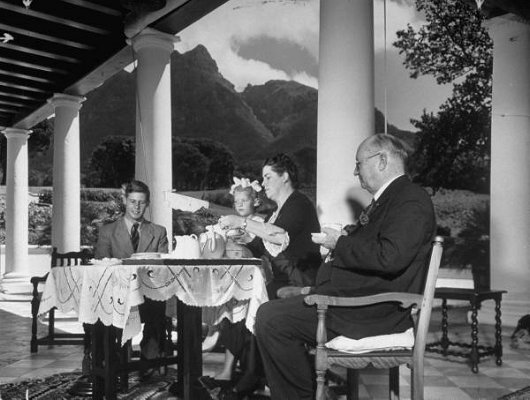
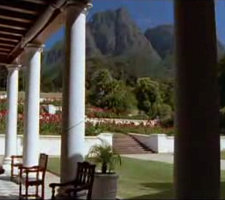 Daniel François Malan, fourth Prime Minister of South Africa, is seen here taking breakfast with his family on the verandah at Groote Schuur, the official residence of the PM. (At right, the same view today). Groote Schuur — literally “great barn” — was purchased by Cecil Rhodes and transformed into the paragon of the South African style of architecture by his architect Sir Herbert Baker. Foolishly, the office of Prime Minister was abolished in 1984, when the ridiculous 1984 tricameral constitution was adopted. Groote Schuur continued as the Cape residence of the State President of South Africa under P.W. Botha and F.W. De Klerk but when Nelson Mandela was elected he decided to make the neighbouring Westbrooke his official residence, renaming it Genadendal (“Valley of Grace”) after the oldest Moravian mission in South Africa. Groote Schuur is now a museum open by appointment, and unlived in.
Daniel François Malan, fourth Prime Minister of South Africa, is seen here taking breakfast with his family on the verandah at Groote Schuur, the official residence of the PM. (At right, the same view today). Groote Schuur — literally “great barn” — was purchased by Cecil Rhodes and transformed into the paragon of the South African style of architecture by his architect Sir Herbert Baker. Foolishly, the office of Prime Minister was abolished in 1984, when the ridiculous 1984 tricameral constitution was adopted. Groote Schuur continued as the Cape residence of the State President of South Africa under P.W. Botha and F.W. De Klerk but when Nelson Mandela was elected he decided to make the neighbouring Westbrooke his official residence, renaming it Genadendal (“Valley of Grace”) after the oldest Moravian mission in South Africa. Groote Schuur is now a museum open by appointment, and unlived in.
Old Guard Ball, 1949
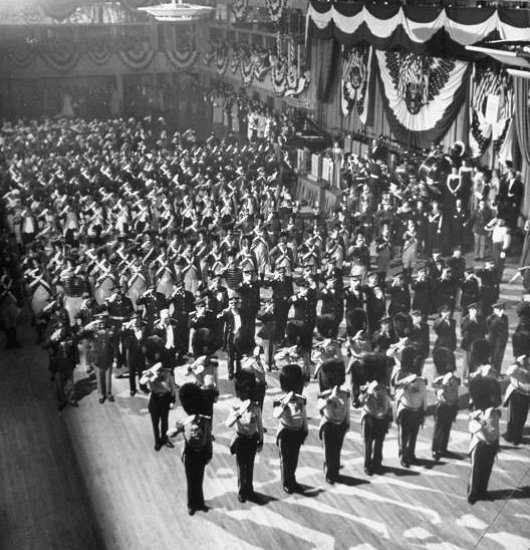
The Annual Ball of the Old Guard of the City of New York, Commodore Hotel, 1949.
200 Years was an Empty Anniversary for New York’s ‘Gallant Seventh’
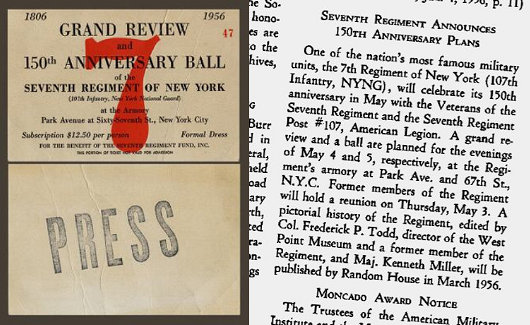
Flipping through a military journal from early 1956, I stumbled upon a rather depressing note announcing the Seventh Regiment’s plans for celebrating its 150th anniversary. A reunion of old comrades on Thursday May 3, then a grand review the following day, and topped off by a formal ball on the evening of Saturday May 5 at the regiment’s beautiful armory on Park Avenue at 67th Street.
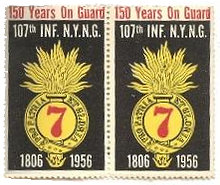 Why should such a splendid celebration spark dour thoughts? Chiefly because, having survived over a century and a half since the unit was founded amidst pints of ale in the Shakespeare Tavern on the corner of Nassau and Fulton, the Seventh Regiment was abolished before it could celebrate its 200th anniversary in 2006. The Seventh was deactivated as a regiment in 1993, though its “lineage” was transferred to the 107th Corps Support Group, which in 2006 was “consolidated” into the 53rd Army Liaison Team. The regiment’s unique collection of historical artifacts — the legal property of the Veterans of the Seventh Regiment — was seized by the State in an act of highly dubious constitutionality and its armory, built without a cent of public money from the pockets of the regiment’s members in the 1880s, was also taken and transferred to a conservancy to run it as an events & performing arts venue, over protests from both veterans groups and the local community.
Why should such a splendid celebration spark dour thoughts? Chiefly because, having survived over a century and a half since the unit was founded amidst pints of ale in the Shakespeare Tavern on the corner of Nassau and Fulton, the Seventh Regiment was abolished before it could celebrate its 200th anniversary in 2006. The Seventh was deactivated as a regiment in 1993, though its “lineage” was transferred to the 107th Corps Support Group, which in 2006 was “consolidated” into the 53rd Army Liaison Team. The regiment’s unique collection of historical artifacts — the legal property of the Veterans of the Seventh Regiment — was seized by the State in an act of highly dubious constitutionality and its armory, built without a cent of public money from the pockets of the regiment’s members in the 1880s, was also taken and transferred to a conservancy to run it as an events & performing arts venue, over protests from both veterans groups and the local community.
The Scottish Executive, 1999-2007
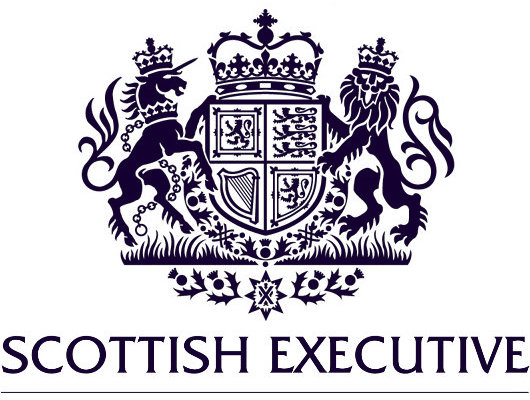
While naturally relieved that Labour are no longer in charge, one of the few objections I have to the current SNP government in Scotland is that they changed the name of the Scottish Executive to “the Scottish Government”. The new name is just so damned boring. Every country, region, town, and borough has a “government”; it’s the dullest word you can come up with. But “the Scottish Executive” had such a nice ring to it. Listening to the evening news on Radio Scotland, one heard the newsreader speak of “the Scottish Executive” and immediately thought “Ah yes, that’s our part of the government!” Now one hears the sultry phrase “The Scottish Government today announced new measures…” and thinks “Oh, the government. Nobody likes the government.”
To add to this lamentable change, they even dumped the Scottish coat of arms as the visual identity of Scotland’s authority (as seen above, in the Executive days) and replaced it with an exceptionally dull saltire-flag logo that can be seen on the Scottish Government’s website.
Premier Salmond, give Scotland back her heraldry!
Meet the new boss
The Pope sends New York a genial, beer-swilling man of an archbishop
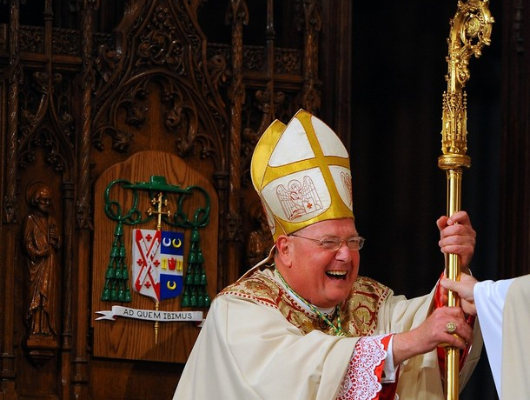
The Most Rev. Timothy Michael Dolan, the newly installed Archbishop of New York, has a reputation as a genial beer-swilling giant that will doubtless serve him well as he takes possession of his new see. With a Ph.D. in Church History, Archbishop Dolan formerly served as Secretary to the Nuncio in Washington, D.C. before becoming Rector of the Pontifical North American College in Rome — the “West Point” of the Catholic Church in Anglo-America. Having improved the NAC’s reputation both in studies and in orthodoxy, Msgr. Dolan was then sent by the Holy Father to be an Auxiliary Bishop in the Archdiocese of St. Louis. From there, our man was given the charge of see himself, that of Milwaukee.
The Arms of the Archbishop
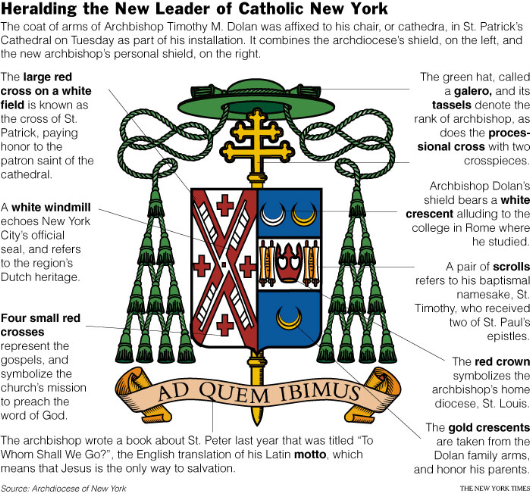
The New York Times offered a little sidebar on the heraldry of our new ecclesiastical boss in its coverage of Archbishop Dolan’s installation, and Fr. Selvester offers his commentary as well.
Betty’s Bay
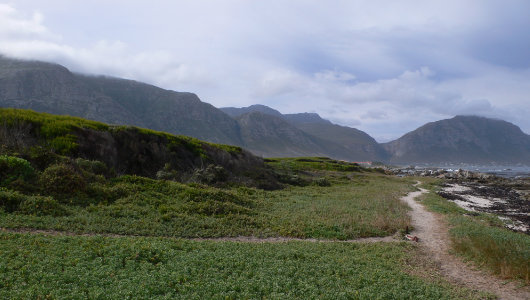
Travelling down the east side of False Bay, through the happy town of Rooiels, past Pringle Bay, and around Cape Hangklip sits the little village of Betty’s Bay. Nudged between the waters of the Indian Ocean and the rugged mountains of the Kogelberg, this is one of the most beautiful corners of the Cape. At the same time, it is just sixty miles (as the crow flies) from die moederstad itself — Cape Town. In days long since past, Betty’s Bay and the surrounding area of the Overberg were the hiding places for runaway slaves, sailors deserting their vessels, and smugglers of every kind. The Overberg takes its name because it is over the Hottentots Holland mountains from Cape Town — just outside the immediate purview of the earnest authorities in that swarming port, the “tavern of the seas”.
The Irving Dinner
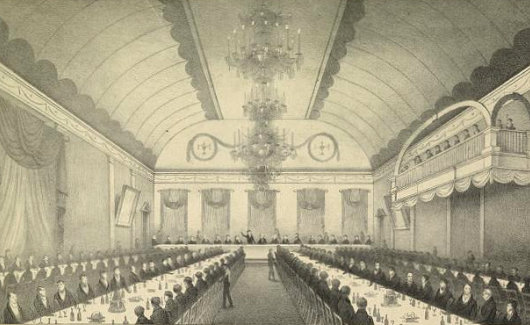
It was slightly remiss of us to neglect commemoration of the two-hundred-and-twenty-sixth anniversary of that genius of the Knickerbockers, Washington Irving. “Diedrich Knickerbocker,” “Jonathan Oldstyle,” “Geoffrey Crayon,” or, as he was baptized, just plain Washington Irving was born on April 3, 1783, exactly five months before the Treaty of Paris established the legal independence of his home state of New York and the twelve other former colonies along the Atlantic coast.
Irving was arguably the first American celebrity, and deservedly so. After a seventeen-year exile in England, France, Germany, and Spain, the author returned to New York in 1832, and a celebratory dinner was held in his honor at the City Hotel in New York on the evening of May 30. He is seen in this contemporary picture addressing those who assembled to render him honor, many of them from among the city’s political, cultural, and social elites. Indeed, the Saint Nicholas Society was founded just three years later for the preservation of the Dutch history and customs of New York, a noble task in which it continues to this day.
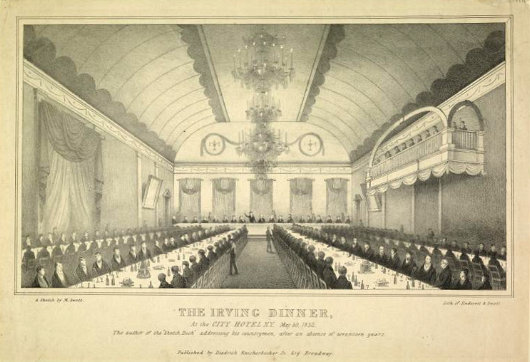
Paris Arts & American Arms
Maj. T. L. Johnson’s Cartographic Mural on Governors Island
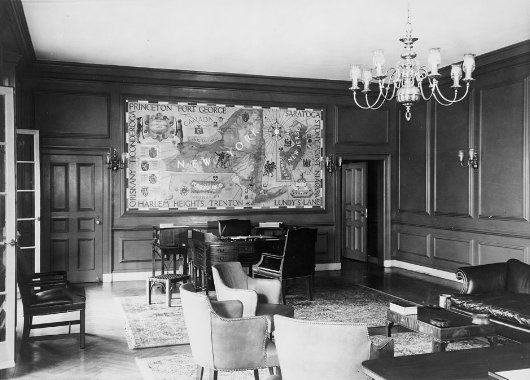
One of the best aspects of the inter-war construction of Governors Island is that the refinement of McKim Mead & White’s architecture is matched inside by a series of interior murals painted under the auspices of the WPA. These murals often veered towards the refreshingly jocular, as can be seen in the War of 1812 mural in Pershing Hall (a corner of which is captured here by photographer Andrew Moore). The mural by Major Tom Loftin Johnson (educated at the Ecole des Beaux-Arts in Paris) depicted here, however, is a map of the area under the purview of the Second Corps, U.S. Army headquartered at Governors Island; namely the states of New York, New Jersey, and Delaware, and the then-territory of Puerto Rico.
The arms of the Hon. Paul Comtois
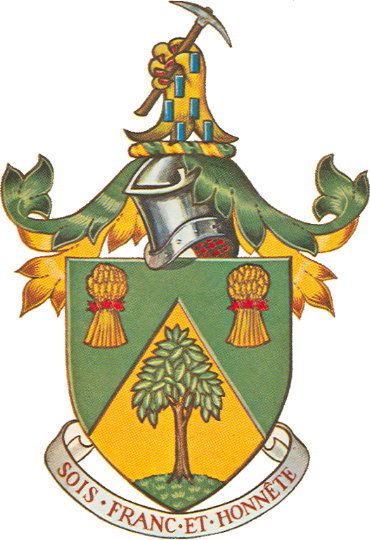
Our friend Mr. Bruce Patterson, who is St-Laurent Herald up in the Canadian Heraldic Authority, was kind enough to send along this rendering of the arms of the Hon. Paul Comtois from Beddoe’s Canadian Heraldry. As Bruce points out, the garbs probably refer to Comtois’s agricultural background, and the miner’s pick in the crest alludes to his ministerial portfolio. The motto is “Be frank & honest”.
Ursus Oxoniensis
Brother Ursus of Blackfriars Hall, Oxford
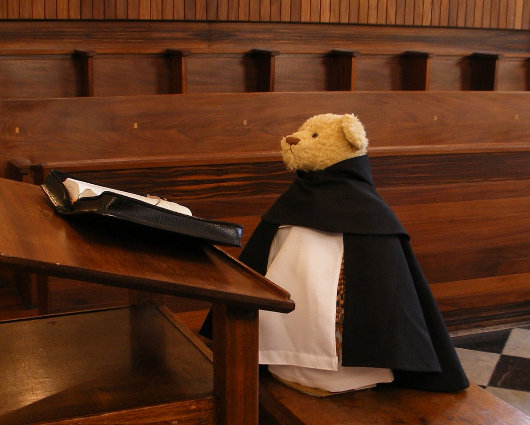
Godzdogz, the blog of the English Dominicans, informs us of the following:
The Dominican order is very inclusive with brothers and sisters from a wide variety of backgrounds. One of the friars who lives in Oxford, Br Ursus, describes what day to day life is like for a Dominican bear.
“I get up at 7.43 every morning for Lauds. This is always a great challenge, especially in winter. Before joining the order, I used to hibernate for 6 months of the year, so it has taken me quite a while to adapt to getting up every day. It’s one of the sacrifices I have to make, but I receive many consolations. As it says in psalm 118 ‘Your promise is sweeter to my taste than honey in the mouth.’ As someone who very much loves honey, I find this imagery delightful, and it’s also very true.
From the provinces to power
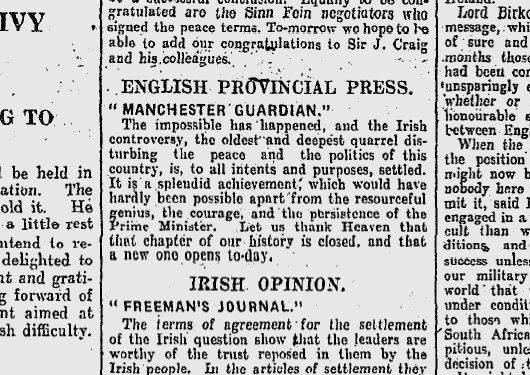
What a change eighty years makes! What was once filed under “English Provincial Press” is now the voice, mouthpiece, and all-but-official organ of the British establishment.
Paul Comtois of Québec
Farmer, Politician, Hero, Saint

FROM TIME TO TIME there are men in history whose heroism runs so counter to the spirit of the age that the arbiters of passing fashion must simply ignore him rather than run the risk of acknowledging his embarrassing greatness and goodness. God has graced the New World with many of His saints, some of whom — Rose of Lima, Martin de Porres, Mother Seton — have already been raised to the altar, others — Fulton Sheen, Fr. Solanus Casey — are certainly on their way. Yet more remain unsung and almost forgotten: Paul Comtois (1895–1966), Lieutenant-Governor of Québec until his heroic death, is just one of these saints.
Count von Stauffenberg: “We Live in a Society of Lemmings”
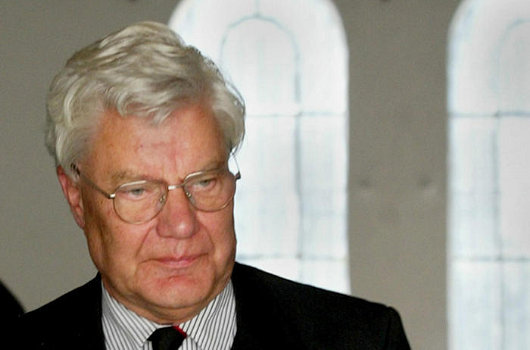
Count Franz Ludwig von Stauffenberg, the third son of Hitler’s would-be assassin Count Claus von Stauffenberg and brother to Gen. Berthold von Stauffenberg, recently spoke to the German magazine FOCUS about Germany’s ratification of the Lisbon Treaty. Stauffenberg, a father of four and grandfather of eight, has spent his life as an attorney and a politician for the Bavarian Christian Social Union party, serving in the Bundestag from 1976 to 1987 and as a Member of the European Parliament from 1984 to 1992.
FOCUS asked the Count about his participation in the German court challenge against the Lisbon Treaty.
“I see the way to [the Constitutional Court] as a last resort,” the Count said, “and had hoped that we could compel a re-think through an ordinary democratic manner, through argument, debate, and public pressure. This has totally failed. I’m not anti-European; I was long enough a CSU Member of the European Parliament. This Europe is no longer compatible with the basic structures of a democratic legal state.”
FOCUS: Has your case something to do with your experience as the son of the resistance fighter Count von Stauffenberg?
“No. My father expected that his children would … stand on their own as a man or woman. I didn’t go into politics from devout worship of my father, but because of the unsuccessful paths of my peers from the generation of 1968.”
FOCUS: Your action comes late. Why have you waited so long?
“In Brussels, there was no sudden seizure of power, but a systematic, persistent development, in which the Bundestag deputies, constantly obedient and even docile, incapacitated themselves. They see themselves as a reserve team for higher office rather than in their actual role as inspectors to reflect, as a counter force on equal footing.”
FOCUS: How can it be that so few see a risk in the Lisbon Treaty, and the rest should be so beaten with blindness?
“In Germany, almost no one wanted to hear concerns. We live in a society of lemmings.”
Link: Graf Stauffenberg: “Wir leben in einer Gesellschaft von Lemmingen” (In German)
A new bookplate for the NYG&B
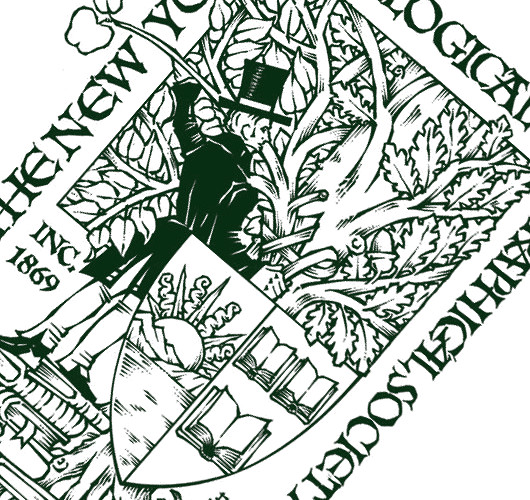
Fr. Guy Selvester reports on his resurrected Shouts in the Piazza blog that the great Marco Foppoli has designed a new bookplate for the New York Genealogical & Biographical Society. Mr. Foppoli is the most highly-regarded heraldic artist of our day, and the influence of the style of his mentor, the late Archbishop Bruno Heim, is apparent in his work.
Happy St. Patrick’s Day
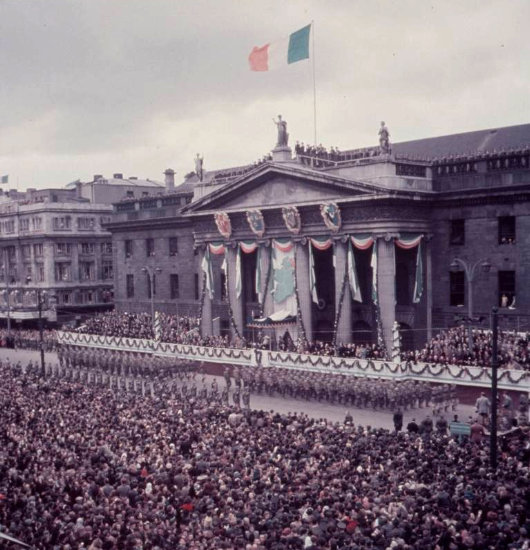
Another view of Dublin’s splendid General Post Office on O’Connell Street; the last one we posted was from half a century earlier.
The Grand Master in Hungary
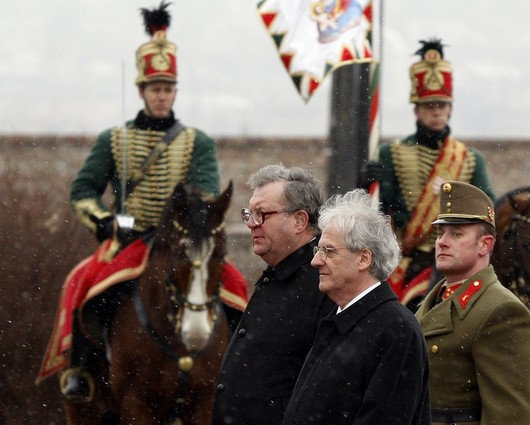
His Most Eminent Highness, Fra’ Matthew Festing, the Prince & Grand Master of the Sovereign Military Order of Malta made a four-day visit to Hungary last month, from 8-11 of February. The Grand Master was invited to Hungary by the President of the Republic, Mr. László Sólyom, who met with Fra’ Matthew at the Sándor Palace in Budapest. The President and the Grand Master discussed the various collaborative efforts between Hungary and the Order of Malta in health and social fields and discussed the possibility of further developing those projects.
A Sunday Afternoon in Buenos Aires
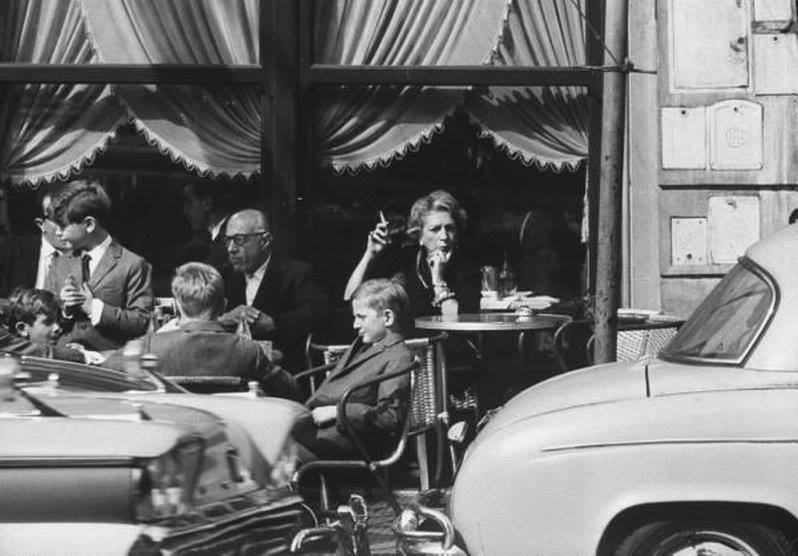
A sidewalk café on a Sunday afternoon, Buenos Aires, 1964.
Eric Seddon on Washington Irving
Alongside Miklos Banffy, Washington Irving is probably my favourite author. I have two sets of his complete works, and will obtain at least a third — my favourite printing of the complete Irving, in an excellent handy size — when I can find it for the right price. It is curious, but by no means suprising, that Irving’s genius is nearly forgotten today even though he was the first American to be an international superstar, famed on both sides of the Atlantic. He is mostly known only through his authorship of Rip van Winkel and The Legend of Sleepy Hollow, both of which works are rarely presented in their original written form, but almost always in shortened illustrated versions for schoolchildren from publishers convinced of their audience’s stupidity.
Irving is rarely in the limelight these days, but First Things Online recently published an informative article, “Washington Irving and the Specter of Cultural Continuity” by one Eric Seddon, that is well worth reading.
His first book, Dietrich Knickerbocker’s History of New York, capitalized on the amnesia of New Yorkers by a mix of biting satire and real history of the Dutch reign in Manhattan. The book is foundational to any study in American humor. It is wild, free, self-deprecatory, and merciless to the public figures of his day, and by turns lyrically funny, absurd, and reflective. Without it, we might wonder whether American humor, from Twain to the Marx brothers to Seinfeld, would have taken the particular shape it did.
When Americans, always prone to utopian daydreams, were in danger of taking themselves far too seriously, when the term “manifest destiny” was embryonic, Dietrich Knickerbocker rolled his bugged-out eyes, chuckled gruffly, and whispered into the ear of a young nation, “Remember thou art mortal.” […]
Irving’s two most famous stories are to be found in The Sketch Book, virtually bookending the text: “Rip Van Winkle” and “The Legend of Sleepy Hollow.” In “Rip Van Winkle,” Irving whimsically pointed out the hazards of the new Republic, that a once humble acceptance of life under monarchy could easily give way to arrogant corruption, vice, and the nauseating specter of being governed by village idiots with a gift for demagoguery. […]
The final warning of the book comes in the form of a Headless Horseman, who is either a real ghost of the Revolution or the town bully in disguise, and who targets, of all people, the schoolmaster (even small towns have their intelligentsia). Is it history chasing Icabod Crane, the puritanical teacher obsessed with stories of witch hunts, or just Brom Bones scaring him out of town? Irving doesn’t say, and perhaps our answers tell more about ourselves than about him.
Washington Irving spent his last days in Tarrytown, near the setting of his most famous story. He was a member of the local Episcopal Church, tried to revive the old Dutch festivities on St. Nicholas Day, and was moved to tears by singing the Gloria. In particular he loved to repeat the words “Glory to God in the highest, and on earth peace, and good-will to men.” Though his era was in many ways a bigoted one, he resisted and thereby helped to shape a better future. One of his last revisions to Knickerbocker came late, removing the anti-Catholic references its youthful version contained. He was a man who had seen his share of specters, to be sure, but who didn’t believe they were the strongest reality.
Search
Instagram: @andcusack
Click here for my Instagram photos.Most Recent Posts
- Amsterdam November 26, 2024
- Silver Jubilee November 21, 2024
- Articles of Note: 11 November 2024 November 11, 2024
- Why do you read? November 5, 2024
- India November 4, 2024
Most Recent Comments
- on The Catholic Apostolic Church, Edinburgh
- on Articles of Note: 11 November 2024
- on Articles of Note: 11 November 2024
- on Why do you read?
- on Why do you read?
- on University Nicknames in South Africa
- on The Situation at St Andrews
- on An Aldermanian Skyscraper
- on Equality
- on Rough Notes of Kinderhook
Book Wishlist
Monthly Archives
Categories

